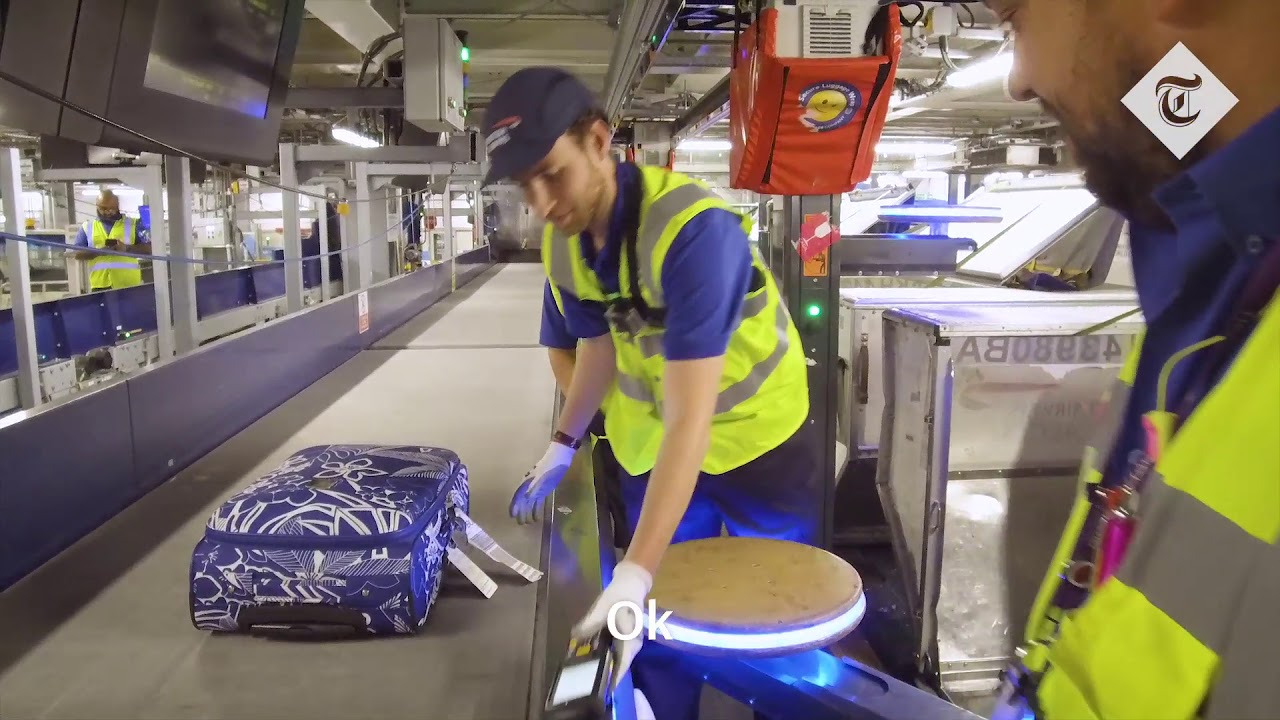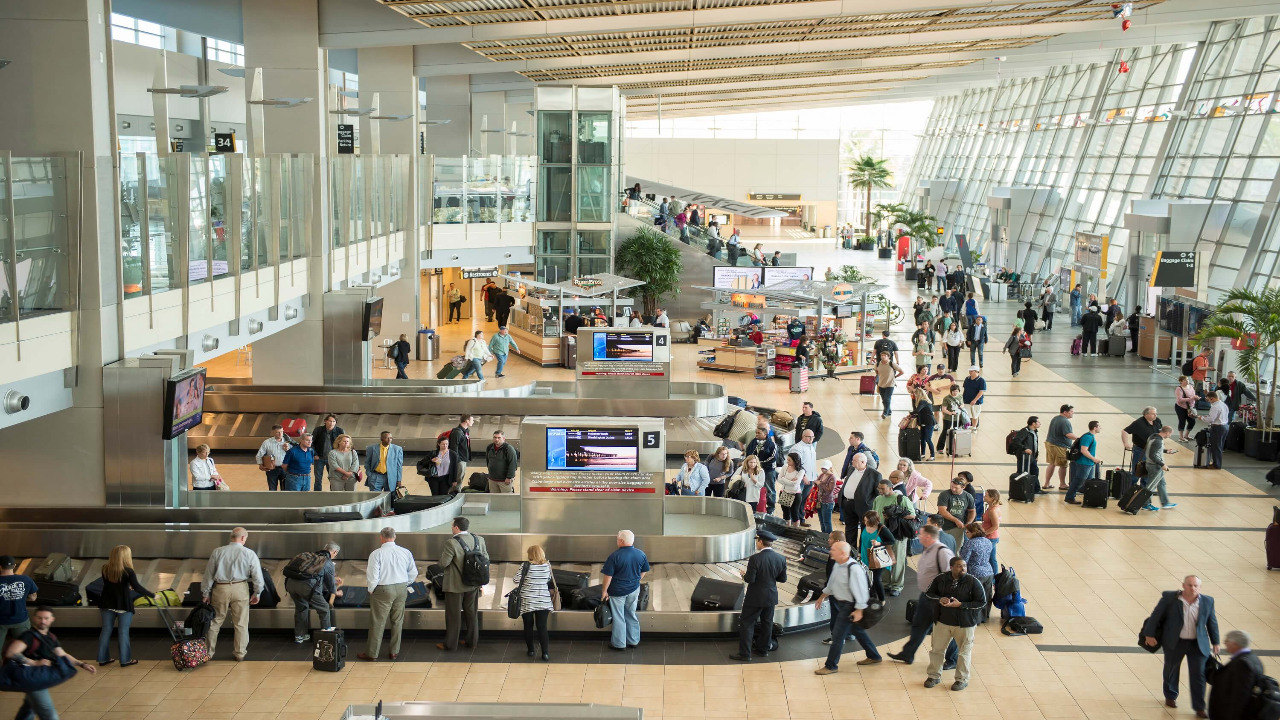Conveyor belt systems play a crucial role in the efficient handling of luggage and other materials in airports. With the constant flow of passengers and the need to quickly move their luggage from check-in to the aircraft, conveyor belts have become an essential part of airport infrastructure. In this article, we will explore the role of conveyor belt systems in airport baggage handling and the benefits they provide to both airport operators and passengers.
Baggage Handling in the Airports

Baggage handling begins at the check-in counter, where airport staff checks in passengers’ luggage and affixes identification tags. The luggage is then loaded onto the conveyor belt, which transports it to the baggage screening area. Here, the bags are scanned and screened for prohibited items, such as weapons and explosives. If a bag is flagged as containing prohibited items, it is removed from the conveyor belt and inspected by security personnel. Once the bags have been screened, they are loaded onto a separate conveyor belt system that transports them to the baggage makeup area. Here, the bags are sorted according to their destination and loaded onto carts or containers. The carts or containers are then transported to the aircraft by a separate conveyor belt system that conveyor belt manufacturers make very reliable.
Benefits of Conveyor Belt Systems in the Airports

The use of conveyor belt systems in airport baggage handling provides several benefits. First, conveyor belts can transport luggage quickly and efficiently, reducing the time it takes to move bags from check-in to the aircraft. This results in shorter wait times for passengers and faster turnaround times for aircraft.
Second, conveyor belt systems can handle a large volume of luggage at once, allowing airports to handle a higher volume of passengers and flights. This is particularly important during peak travel periods, such as holidays and weekends.
Third, conveyor belt systems can help to reduce the risk of injury to airport staff. Lifting and transporting heavy bags manually can be strenuous and can lead to back injuries and other health problems. By using conveyor belts, airports can automate the process of luggage handling, reducing the risk of injury to staff.
Fourth, conveyor belt systems can improve the accuracy of baggage handling. Bags can be tracked and traced throughout the entire baggage handling process, from check-in to the aircraft. This reduces the risk of lost or misplaced bags, improving the overall passenger experience.
Finally, conveyor belt systems can be customized to meet the specific needs of individual airports. For example, airports that handle a large volume of international flights may require a conveyor belt system that can handle oversized bags and heavy items. Similarly, airports that handle a large volume of connecting flights may require a conveyor belt system that can quickly transfer bags from one flight to another.
Conclusion
In conclusion, conveyor belt systems play a critical role in airport baggage handling, providing a fast, efficient, and accurate way to transport luggage from check-in to the aircraft. By using conveyor belts, airports can improve the overall passenger experience, reduce the risk of injury to staff, and handle a higher volume of passengers and flights. As air travel continues to grow, the role of conveyor belt systems in airport baggage handling will only become more important.